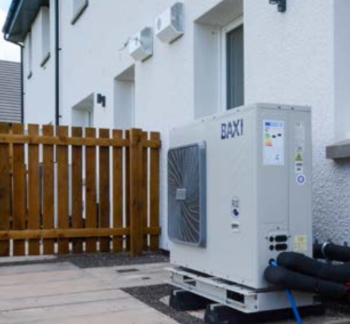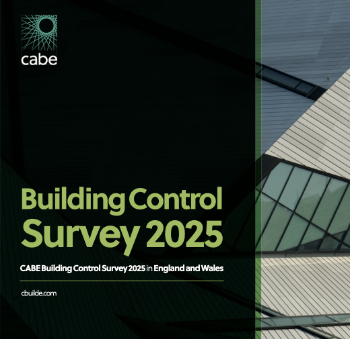Pointing brickwork

When masonry structures are first constructed, mortar is applied as a thick paste which sets hard as it cures, creating a tight seal between bricks and blocks to prevent air and moisture entering into the construction. Depending on the age of the building, the type of masonry, and the nature of the overall wall construction, mortar used for pointing will be either lime mortar or cement mortar.
The finished profile of the mortar joint at is external surface is known as ‘pointing’. This profile can be varied depending on exposure or to create a specific visual effect.
The most common pointing profiles are:
- Flush: The mortar is finished off flush with the face of the masonry units.
- Recessed or raked: Mortar is pressed back from the face of the masonry units by 5 mm or more. This creates a shadow gap between the masonry units.
- Beaded, concave, half round or bucket handle: A more rounded type of pointing with a concave edge. This can look aesthetically pleasing, but it may damage more easily than other profiles.
- Struck or weatherstruck: Similar to flush except the upper edge is pressed back inside the face to create a sloping profile. This is time-consuming and requires practice, but the effect can be aesthetically pleasing.
- Rubbed: Also known as keyed or grooved, this is a rounded groove formed in the middle of the pointing using a suitable tool.
- V-pointing: Similar to rubbed but with a sharp inward V-groove rather than rounded.
- Tuckpointing: Using two colours of mortar (one similar to the colour of the masonry, used at the edges) to give the impression that the joints are very thin.
- Penny roll: A recessed line is created in the middle of the joint to give a tidier impression when the joints are wide or degraded.
- Strap or ribbon: A neat strip of mortar sits proud of the face of the masonry. This can be used to give a neater impression when joints are degraded.
Generally, mortar is structurally weaker than the blocks or bricks it bonds, creating a sacrificial layer that is more easily repaired than defects would be in the bricks or blocks themselves. As a result, mortar joints can decay over time, due to weathering, frost damage, and so on. When this happens, repointing is undertaken to renew them. For more information see: Repointing.
[edit] Related articles on Designing Buildings
Featured articles and news
Passivhaus social homes benefit from heat pump service
Sixteen new homes designed and built to achieve Passivhaus constructed in Dumfries & Galloway.
CABE Publishes Results of 2025 Building Control Survey
Concern over lack of understanding of how roles have changed since the introduction of the BSA 2022.
British Architectural Sculpture 1851-1951
A rich heritage of decorative and figurative sculpture. Book review.
A programme to tackle the lack of diversity.
Independent Building Control review panel
Five members of the newly established, Grenfell Tower Inquiry recommended, panel appointed.
Welsh Recharging Electrical Skills Charter progresses
ECA progressing on the ‘asks’ of the Recharging Electrical Skills Charter at the Senedd in Wales.
A brief history from 1890s to 2020s.
CIOB and CORBON combine forces
To elevate professional standards in Nigeria’s construction industry.
Amendment to the GB Energy Bill welcomed by ECA
Move prevents nationally-owned energy company from investing in solar panels produced by modern slavery.
Gregor Harvie argues that AI is state-sanctioned theft of IP.
Heat pumps, vehicle chargers and heating appliances must be sold with smart functionality.
Experimental AI housing target help for councils
Experimental AI could help councils meet housing targets by digitising records.
New-style degrees set for reformed ARB accreditation
Following the ARB Tomorrow's Architects competency outcomes for Architects.
BSRIA Occupant Wellbeing survey BOW
Occupant satisfaction and wellbeing tool inc. physical environment, indoor facilities, functionality and accessibility.
Preserving, waterproofing and decorating buildings.





















